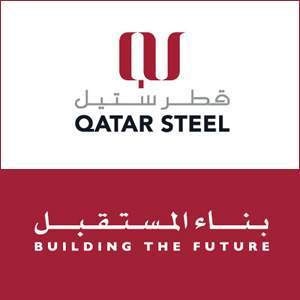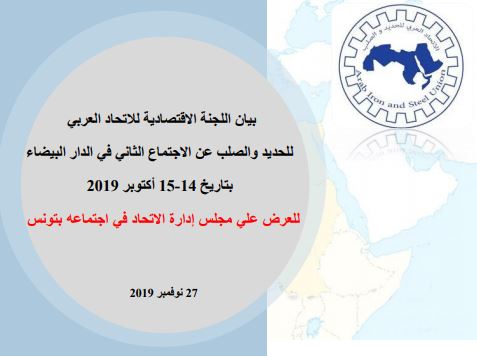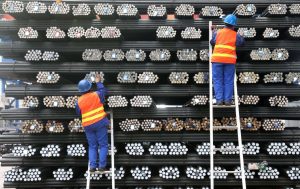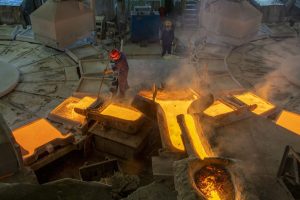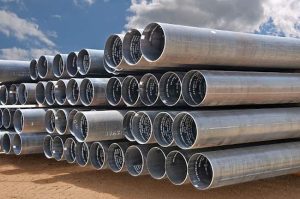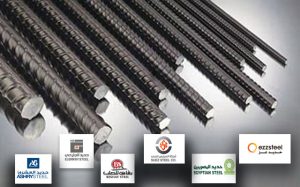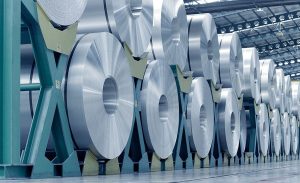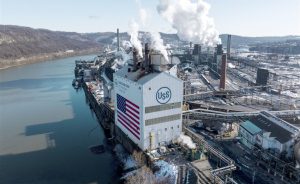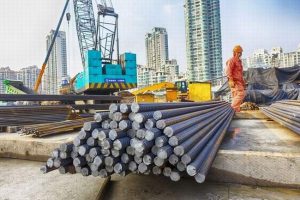The expectations of the growth rates of the Middle East and North Africa region for 2019 decreased from 1.5% to 0.6%, due to the following reasons:
Oil prices drop below $60 a barrel
Not starting projects for the reconstruction of Syria and Iraq
Continuing military operations in Syria and Yemen
– political instability
This is despite the economic reforms taken by many countries in the region during the current period, including:
Implementing government subsidy reduction policies on energy prices.
Application of value-added tax
Diversify sources of income to reduce dependence on oil resources
Steel consumption in the region decreased by 7% during 2019 as a result of the slowdown in the implementation of national projects in oil-rich countries, and growth is expected to resume next year by about 2%.
GCC region
• The economic growth rate in the Gulf Cooperation Council countries decreased to 1.1% in 2019 from 2% in 2018, as a result of the decline in oil revenues due to the reduction in production and the decline in its prices since last April.
• This was reflected in steel consumption in the Gulf Cooperation Council countries, where it is expected to record contraction rates of 8% in 2019 with a total consumption of 16.4 million tons out of a total consumption of 17.8 million tons during the past year.
• It is expected that consumption rates will increase slightly, not exceeding 1% during the next year to reach
The steel consumption of the region is 16.5 million tons, as most of the construction and building projects in the UAE and Qatar are in the final finishing stage.
North Africa
The economic growth rates of most countries in the region, with the exception of Egypt, decreased. This led to a decrease in the economic growth rate of the region as a whole to 3.6% in 2019 compared to 4.2% in 2018, due to:
• Continuing political instability in Libya and Algeria
• Low agricultural production in Morocco
This was reflected in steel consumption, which amounted to 18.5 million tons, with a contraction rate of 7%, compared to 20 million tons in 2018, as a result of the apparent contraction in demand in all countries of the region, except for Morocco.
The demand is expected to grow during the year 2020 by 5% to reach 19.4 million tons, driven by the following:
• Improving the pace of implementation of major projects in Egypt
• New investments in Algeria
• The expected growth of the automotive industry in Morocco
Eastern Mediterranean region (Iraq, Jordan, Syria, Lebanon) and Yemen
Economic conditions are still turbulent as a result of:
• Not implementing the reconstruction of Iraq
• Continuing unrest in Syria and Yemen
• The outbreak of demonstrations in Iraq and Lebanon.
This was reflected in steel consumption in the region, where it recorded a contraction of about 3% in 2019 and is expected to continue at the same levels during the next year.
Conclusion
Despite the continuing turmoil in many countries of the region, expectations indicate an improvement in economic indicators over the next year, driven by the economic reforms undertaken by many countries in the region.
It is difficult to predict when the reconstruction programs for Iraq and Syria will start.
Steel consumption in the region is expected to reach 40 million tons, 83% of length products and 17% of hot rolled flat steel products.
North African countries are driving the growth of steel consumption in the region as a whole over the next year, driven by mega projects in Egypt, new investments in Algeria and the expected growth of the auto industry in Morocco.





